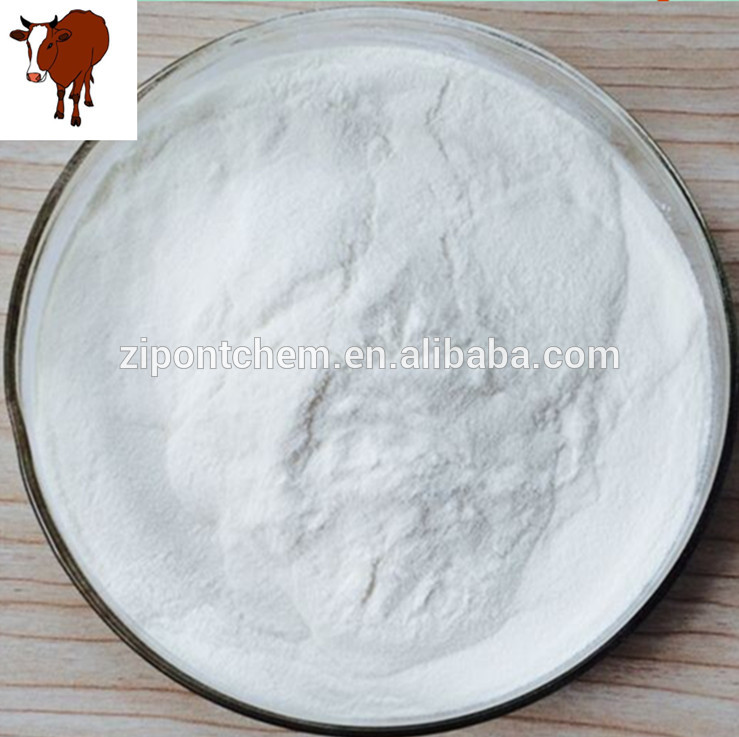

( a) Approximate content of collagen in different tissues values are from.

The degradation of collagen results in wrinkles, sagging skin, stiff joints, and dry skin, and therefore, it is essential to identify new resources of collagen for regenerative tissue applications. Collagen breaks down due to aging, exposure to ultraviolet light, and tobacco. Chains of polypeptide constituted by the repeated sequence (Gly-X-Y) n form collagens, where X and Y can be occupied by any amino acid, although these positions are commonly occupied by proline and 4-hydroxyproline (Hyp, Figure 1b). The collagen produced by organisms is defined as endogenous, which consists of three long helicoidally shaped chains of amino acids. Collagen is a crucial component of the wound-healing process it acts as a natural structural scaffold or substrate for new tissue growth and plays an essential role in all phases of wound healing, including hemostasis, inflammation, proliferation, and remodeling. The primary biomedical applications of collagen were in biomaterials, especially as drug and gene carriers, tissue engineering, absorbable surgical suture, osteogenic and bone filling materials, hemostatic agents, immobilization of therapeutic enzymes, and burn/wound cover dressings. Moreover, biomaterials engineering and therapeutic applications of marine collagen have been summarized.Ĭollagen is the most abundant structural protein in the extracellular matrix of the various connective tissues in the body (i.e., skin, bones, ligaments, tendons, and cartilage) ( Figure 1a). In addition, the effect of the extraction parameters (temperature, acid concentration, extraction time, solid-to-liquid ratio) on the yield of collagen is investigated. More specifically, acetic acid and deep eutectic solvent (DES) extraction methods for marine collagen isolation are described and compared. The fish collagen structure, extraction methods, characterization, and biomedical applications are presented. This article presents an overview of the recent studies from 2014 to 2020 conducted on collagen extraction from marine-based materials, in particular fish by-products. The utilization of marine-based collagen is growing fast due to its unique properties in comparison with mammalian-based collagen such as no risk of transmitting diseases, a lack of religious constraints, a cost-effective process, low molecular weight, biocompatibility, and its easy absorption by the human body.


 0 kommentar(er)
0 kommentar(er)
